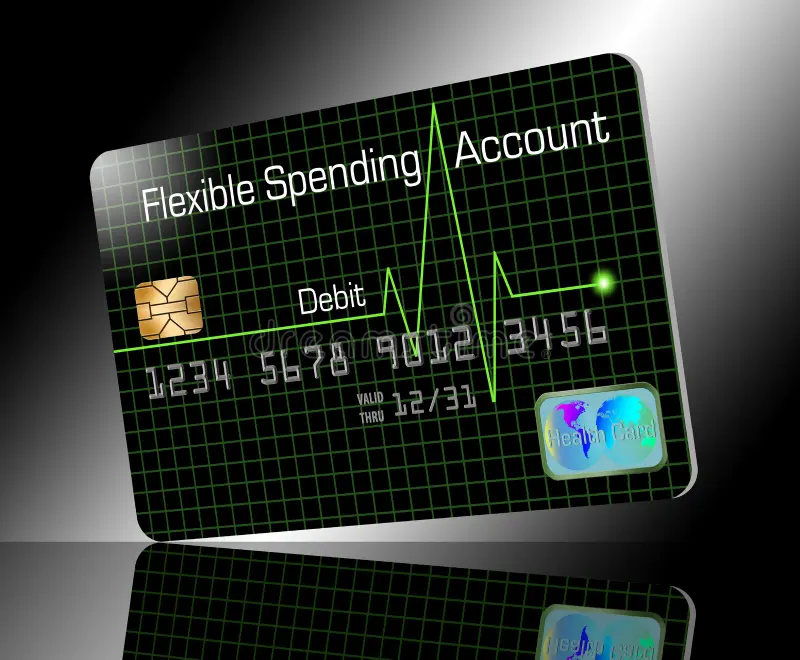Flexible Spending Credit Card: Advantages, Drawbacks & How They Work
Are you considering getting a flexible spending credit card but not sure how they work or if they are the right choice for you? Look no further! karmanow, we will break down the advantages and drawbacks of flexible spending credit cards and help you understand how they operate.

What is a Flexible Spending Credit Card?
A flexible spending credit card is a type of credit card that allows users to earn rewards or benefits based on their spending habits. Unlike traditional credit cards that offer fixed rewards, flexible spending credit cards adjust their rewards based on the categories where you spend the most. This means you can maximize your rewards by using your credit card for purchases that align with your lifestyle and preferences.Advantages of Flexible Spending Credit Cards




Drawbacks of Flexible Spending Credit Cards



How to Choose the Right Flexible Spending Credit Card



Making the Most of Your Flexible Spending Credit Card



How Flexible Spending Credit Cards Work
Flexible Spending Credit Cards can be a powerful tool for maximizing your rewards and benefits. By understanding how these cards work, weighing their advantages and drawbacks, and choosing the right card for your needs, you can make the most of your credit card experience.  Flexible spending credit cards a unique approach to earning rewards based on your spending habits. While they come with advantages such as customized rewards and higher rewards rates, it is essential to be aware of the drawbacks, including complex reward structures and the potential for overspending. By understanding how flexible spending credit cards work and weighing the pros and cons, you can determine if this type of credit card is the right choice for you. Looking to compare different credit cards to find the best option for your needs? Remember to use Karmanow Credit Card Comparison feature for a smarter spending solution. Make the most out of your credit card rewards and benefit from a card that works for you!
Flexible spending credit cards a unique approach to earning rewards based on your spending habits. While they come with advantages such as customized rewards and higher rewards rates, it is essential to be aware of the drawbacks, including complex reward structures and the potential for overspending. By understanding how flexible spending credit cards work and weighing the pros and cons, you can determine if this type of credit card is the right choice for you. Looking to compare different credit cards to find the best option for your needs? Remember to use Karmanow Credit Card Comparison feature for a smarter spending solution. Make the most out of your credit card rewards and benefit from a card that works for you!

